
OR
80, 000 metric tons of fertilizers to be imported from India
Published On: June 8, 2022 06:25 PM NPT By: Dilip Paudel
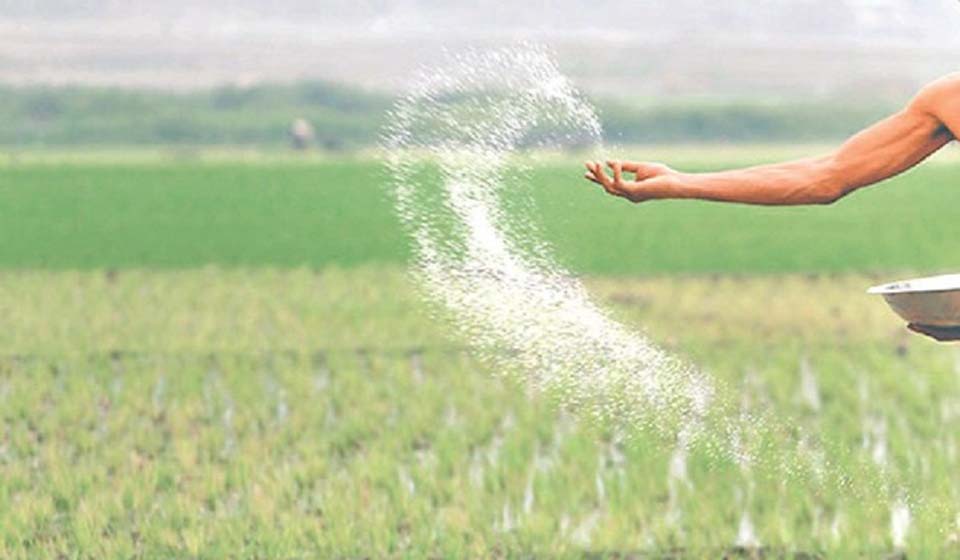
KATHMANDU, June 8: The government of Nepal is preparing to bring 80,000 metric tons of fertilizer from India. The government, which has extended a G2G agreement with India, mentions that it has begun the process of importing 80,000 metric tons of fertilizer into the country by mid-July.
Prakash Kumar Sanjel, a spokesperson for the Ministry of Agriculture and Livestock Development, said that the country would receive 50,000 metric tons of urea and 30,000 metric tonnes of DAP (Di-ammonium Phosphate) by mid-July. “Initiatives to bring the necessary fertilizers for crops are bring taken,” he says. “More fertilizers are being imported from other companies.”
The G2G includes an agreement of purchasing 565,000 metric tons of urea and 370,000 metric tons of DAP from India in the next five years, said spokesperson Sanjel. The ministry claims that Salt Trading Corporation Limited would receive 20,000 metric tons of DAP fertilizer and 22,000 metric tons of urea from the total fertilizers bought by the company by mid-June.
Similarly, the ministry asserts that Krishi Samagri Company Limited would receive 30,000 metric tons of urea and 20,000 metric tons of DAP fertilizer among the total fertilizer bought by the company by the last weeks of June. So far, 100,000 metric tons of urea and 44,000 metric tons of DAP have been supplied this year.
The government initiated a G2G agreement with India to supply an adequate amount of fertilizers in the country after it could not provide fertilizers to the farmers in time when purchasing chemical fertilizers via global tenders. While the government has ensured a budget for fertilizers in the fiscal budget, it faces huge backlash after the farmers of the country experience a lack of fertilisers during the planting season. Since it takes a minimum of 5-6 months to procure fertilizers through the global tender process, the government has decided to procure the fertilizer through a shorter process.
The government-owned Krishi Samagri Company and the Salt Trading Corporation have been buying fertilizers from the world market and selling subsidized fertilizers to the farmers. However, through the G2G agreement, the government is directly buying fertilizers from India now. Farmers have been facing a shortage of chemical fertilizers every year while planting crops. India has agreed to provide 170,000 metric tons of fertilisers in FY 2022/23, 195,000 in 2023/24, 210,000 in 2024/25 and 210,000 metric tons in 2025/26.
The government has been allowing corporations to import 30 per cent and agricultural companies to import 70 per cent of the total fertilizers imported by the country. There were allegations of various manipulations in the procurement process through global tenders. According to a government official, there is no room for doubt between trade done through the agreement between governments of the two countries as the money will directly go to the designated government account.
The Nepalese government had also initiated a G2G agreement with Bangladesh to import fertilizers into the country last year. 50,000 metric tons of urea fertilizer were imported from Bangladesh. The fertilizer was imported by Nepal Agricultural Ingredients Company under an agreement with Bangladesh Chemical Industries Corporation, a state-owned company in Bangladesh.
The country consumes about 500,000 metric tons annually. Considering the total agricultural land in the country, the demand for chemical fertilizer in Nepal is around 785,000 metric tons. While fertilizers are being imported from abroad, the government has begun its homework to operate a chemical fertilizer factory in the country itself.
The Investment Board had studied the cost related to opening a chemical fertilizer factory in the country including installing the necessary technology. The subject of opening a chemical fertilizer factory in Nepal has been under discussion since 1984/85. A feasibility study began in 1984/85. Although there have been about half a dozen studies conducted since then, the government has not decided on the model of the factory.
The government has not been able to come to a definite conclusion on whether to run the industry from electricity or natural gas. Earlier, the notion of operating the fertilizer industry in the PPP (Public-Private Partnership) model was discussed. Discussions included establishing a factory with 35 per cent of the initial investment financed by the government, private sector and foreign partners and the rest 65 per cent financed from loans.
Experts say that setting up a fertilizer factory based on water electrolysis technology would be costly. Although it would be cheaper to open an industry based on natural gas, electricity generation in Nepal is high which is why government officials are still confused about choosing the appropriate model.
You May Like This
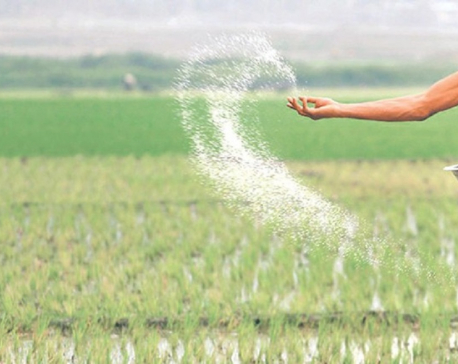
Govt formulates new policies every year to smoothen fertilizer supply, with little scope for implementation
KATHMANDU, Sept 2: Almost every year, the government floats some new policies during the rainy season expressing its promptness to resolve... Read More...

Govt to distribute fertilizers according to pre-scheduled time slots
KATHMANDU, Aug 24: The government has said that it will distribute fertilizers to farmers as per a schedule to avoid crowding... Read More...
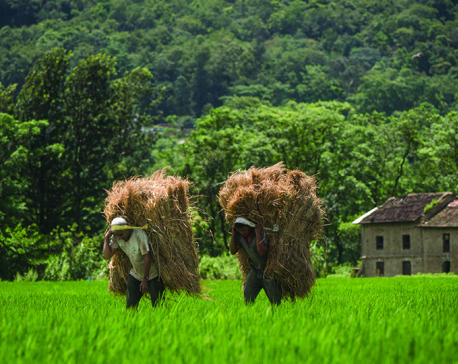
Why agriculture programs fail
If we do not ensure effective implementation, even the best of agriculture programs fail. Government needs to assess implementability of... Read More...
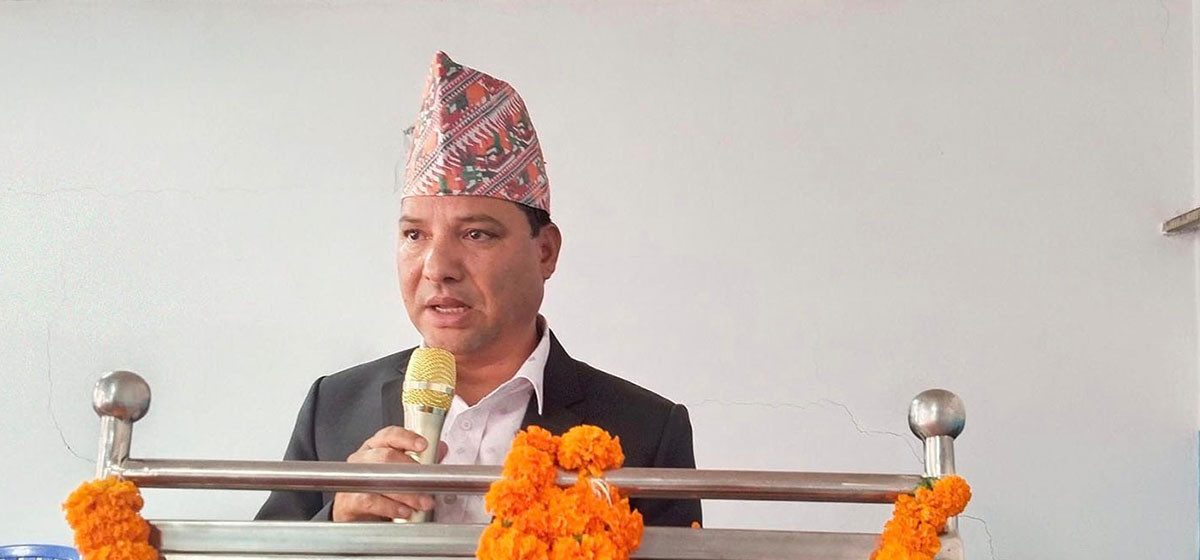
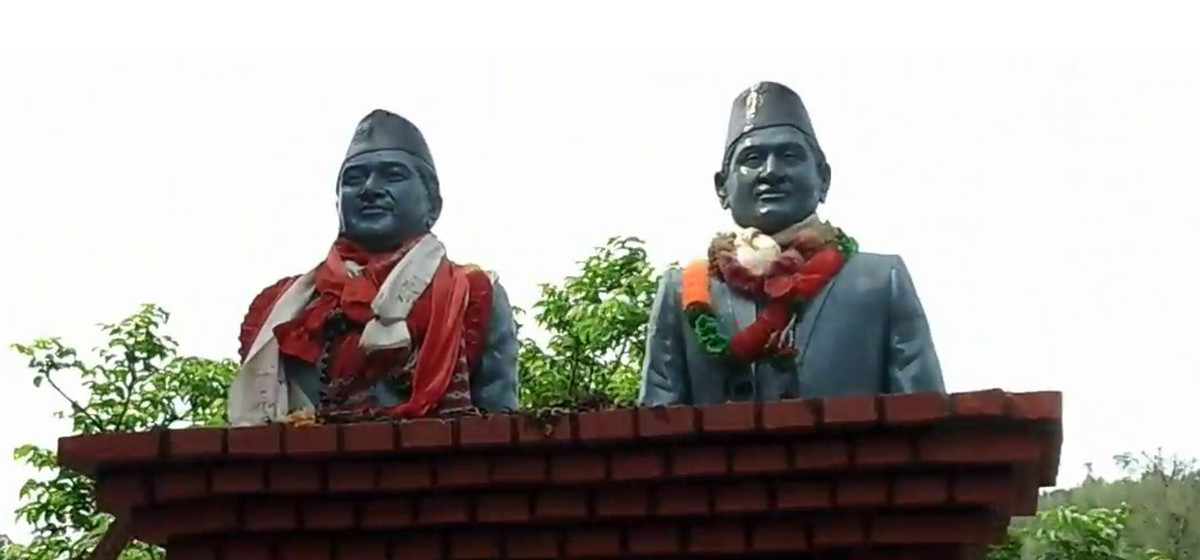
Just In
- Sudurpaschim CM Sodari secures vote of confidence
- HoR meeting to be held behind schedule, efforts underway to end parliament deadlock
- Members of int’l drug trafficking gang arrested with cocaine: Police
- Gold price rises by Rs 1,600 per tola to set new record
- Over 177,000 tourists visited Annapurna area in 10 months
- Madan-Ashrit Memorial Day being marked today
- Sodari to take vote of confidence 26 days after being appointed CM
- Kathmandu Valley's temperature likely to reach 32 degrees Celsius today






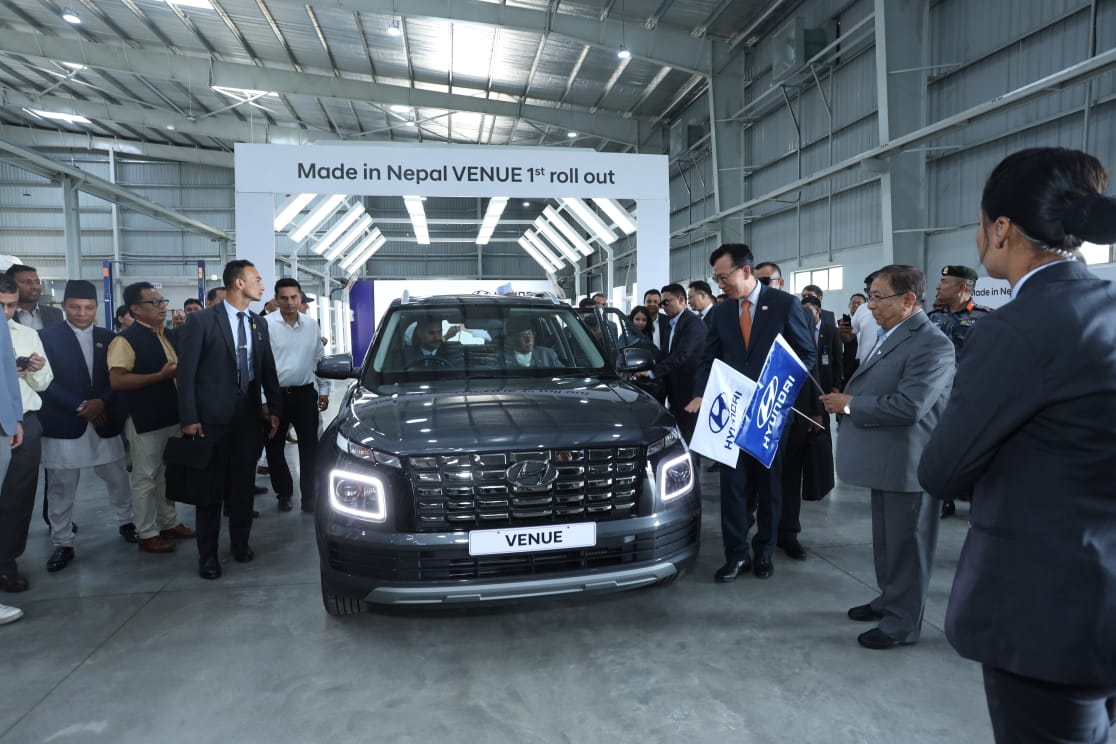


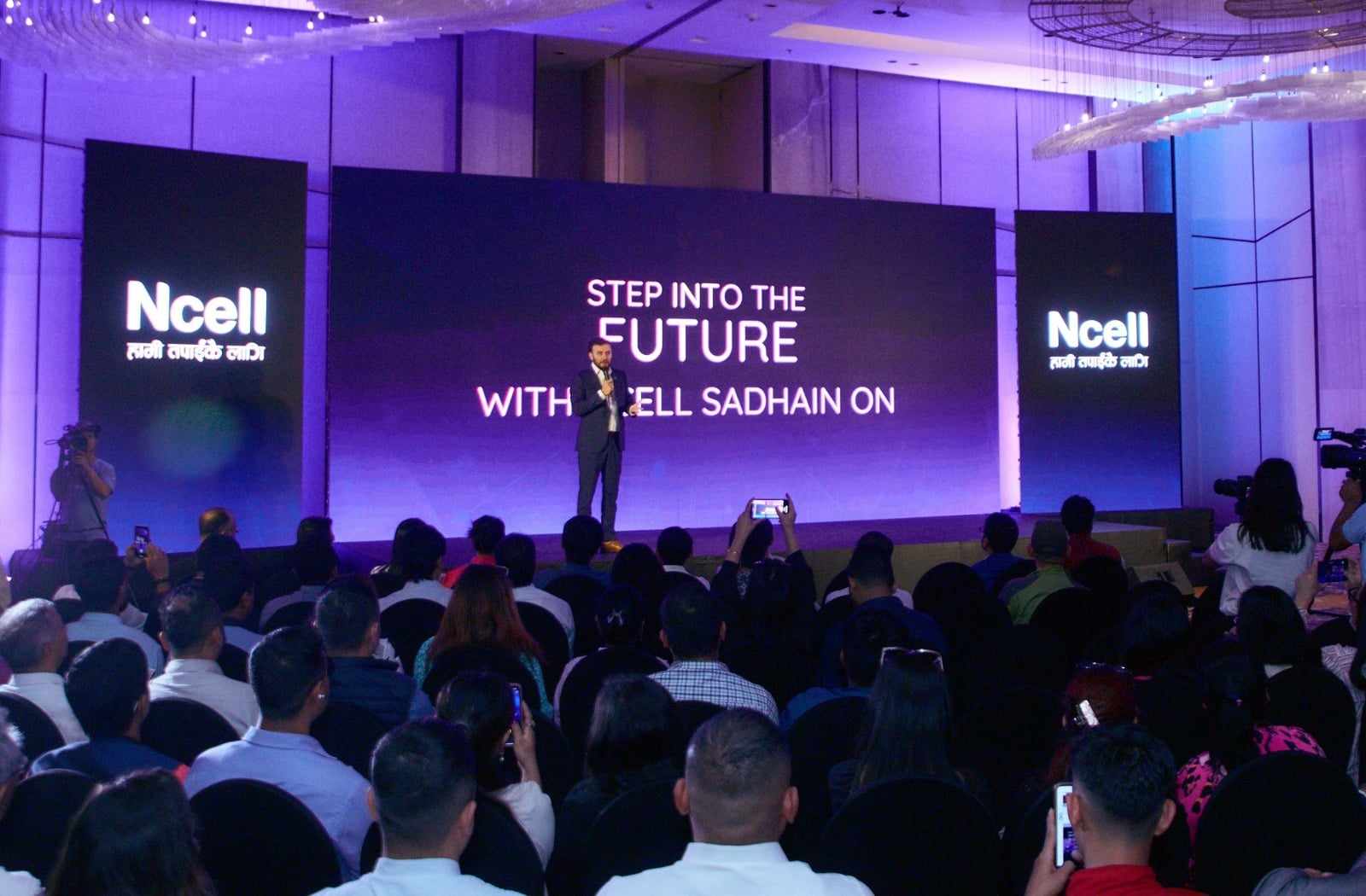
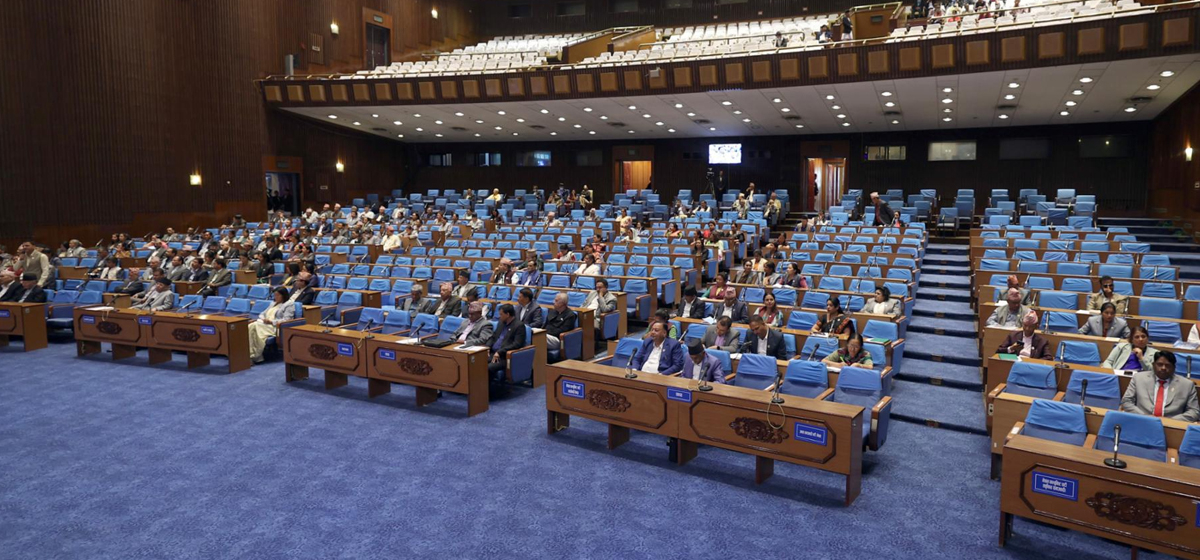

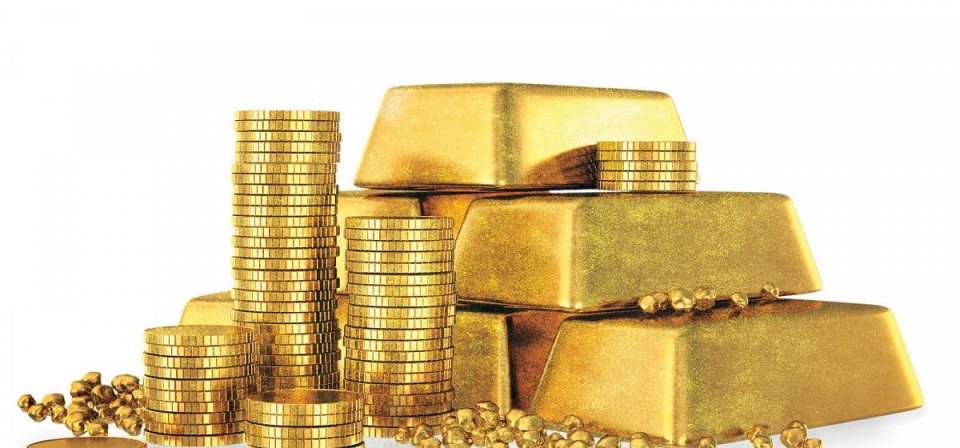
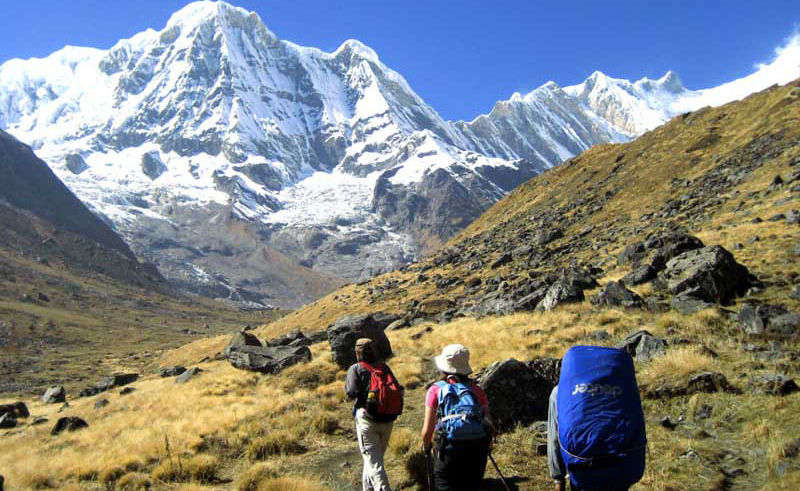
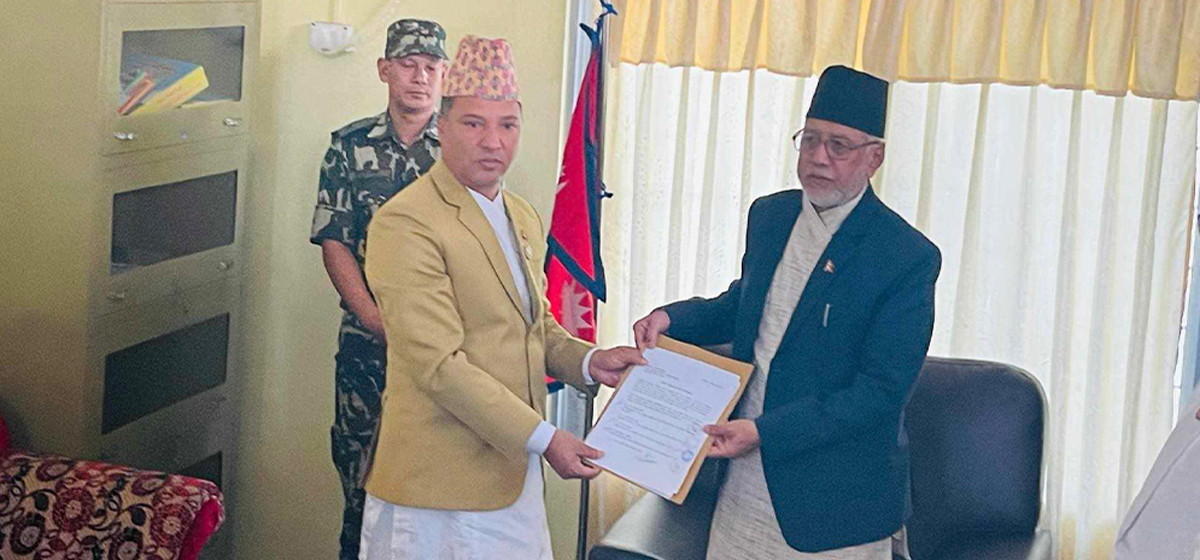

Leave A Comment